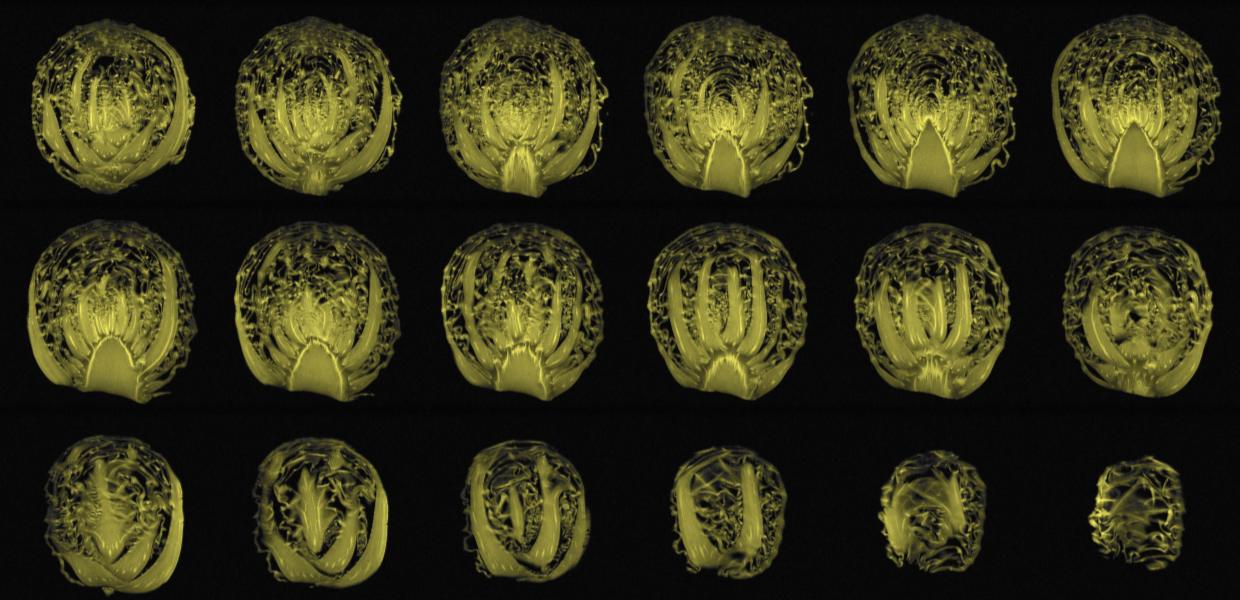The Europeana Network Association is the driving force of Europeana and as of October 2021, it is made up of over 3,100 professionals interested in digital cultural heritage from Europe and beyond. Since 2020, we have been measuring members’ satisfaction and the outcomes of their participation, while considering what this means in terms of longer-term sector impact.
Methodology
Following the impact assessment methodology set out in the Europeana Impact Playbook, a digital questionnaire was developed. This was adapted from the questionnaire used in 2020 - some questions were revised, deleted or added. The digital questionnaire was shared with Network members via the newsletter, as well as directly with the Members’ Council and with the communities. We received 323 responses, which, with around 3,000 Network members surveyed, represents at least a 10% response rate. This is the minimum that we aimed for in order to have a representative sample. The data were then analysed on Excel.
Findings
About the Network
The Network is interdisciplinary - fewer than half of Network members identify as heritage professionals.
The Network is made up of those with many years’ experience, with those with over 20 years of experience most represented and students and those still in education least represented.
Members are most likely to have been a member for two years or less (45%), with members for five to six years being the next most frequently selected category (28%).
Engagement in the Network
12% of respondents consider themselves very active in the Network. These respondents were most likely to be long-term members of five to six years.
25% of respondents report not being very involved in the Network or Europeana’s activities (and of this group, 34% would like to be more involved).
32% of respondents would like to be more involved in the Network but 34% of this group don’t know how to get more involved.
55% of respondents suggested that they’d like to be more involved in the work of Network communities, Working Groups or Task Forces.
Fewer respondents report encouraging others to explore Europeana’s services (2020: 64%, 2021: 50%) and there is a very small decrease in encouraging others to join the Network (a drop of 1%).
Satisfaction with the Network
67% of members were either satisfied or completely satisfied with their Network experience, but 29% reported being neither dissatisfied or satisfied, perhaps reflecting a lack of engagement and activity.
45% of respondents reported that Europeana Network Association activities or services have been beneficial for them throughout the Covid-19 pandemic.
Developing sector capacity
65% of Network members suggest that the Network has some importance for their daily work, with 31% suggesting it has little or no importance.
16% of respondents report that the Network had value in some way when applying for funding. 8% report that it helped secure funding.
There is an increase in members reporting that they have expanded their professional network (from 34% in 2020 to 41% in 2021) and that the Network has helped them collaborate with others (a rise from 20% to 31%). 45% of respondents would like the Network to organise more networking events and 20% would like more informal catch-ups.
Conclusions
The interdisciplinarity of the Network is clear, as is the desire for more opportunities to meet (either digitally or in person) and to collaborate. Interactivity with the Network appears to have decreased between 2020 and 2021. There are encouraging signs, however, relating to a desire to be more involved. Bearing this in mind, somewhat unexpectedly Network members report that membership had even greater value for them in all areas measured in 2021 than they did in 2020. This may be the result of increased digital activity (and the wider accessibility of digital formats) since the beginning of the pandemic. The lack of engagement of many Network members may play a role in their level of satisfaction with their experience, so increasing opportunities for members to get involved is strongly recommended.
For the first time, we investigated economic impact directly as a result of Network membership, namely through securing project funding. This was reported by 8% of respondents, strengthening our argument that convening and strengthening a Network of professionals supports the sustainability of the sector. Furthermore, participants desire the Network to further support the capacity-building of the sector, though there are many ways in which the Network is asked to do this.
Validation and next steps
This report has been shared with the Membership Working Group, the ENA Members Council, and colleagues at the Europeana Foundation.
You can download and read the full report through the link below.


